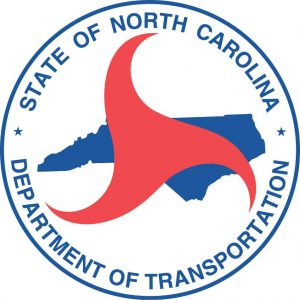Note to reader: The following publish has nothing by any means to do with the truth that the creator is a resident of North Carolina and that the Tar Heels simply occur to be poised to win one more National Championship tonight. Oh and — Go Heels.
The North Carolina Department of Transportation lately created a set of finest practices for drone use in catastrophe evaluation, search-and-rescue and different authorities responses. The closing report was launched after NCDOT’s Division of Aviation held a latest workshop with emergency administration officers.
The workshop highlighted the Airspace Integration Table Top Exercise by North Carolina State University’s NextGen Air Transportation (NGAT) Consortium. The train built-in drone use into catastrophe response preparedness planning and was designed to “identify command and control requirements, provide potential users with situational experience with UAS, and provide test cases for evaluating policy and regulations related to UAS management at the state level.”
“The exercise produced several key findings and recommendations that support the immediate, safe integration of drones into the National Airspace System,” mentioned Aviation Division Director Bobby Walston. “This will make our state’s public agencies more effective as drone operations become more routine.”
The workshop included a dwell train utilizing drones to simulate a response to flooding that slammed the state final 12 months within the wake of Hurricane Matthew. The train examined integration points between manned and unmanned plane close to the National Airspace System. In addition, organizers used information collected from the hurricane to create a state of affairs wherein drones surveyed flood injury and looked for survivors.
Organizers mentioned the simulated train was the primary time many contributors had seen a drone mission in motion. “This opportunity resulted in a much more tangible understanding of UAS capabilities, airspace integration complexity, and the role of UAS.”
“The need for this type of exercise has never been stronger,” mentioned Walston. “Ensuring the use of this technology is properly coordinated is top priority in guaranteeing operations are conducted safely and effectively.”
The workshop is one more means the NextGen Air Transportation is making an attempt to lift curiosity in drones throughout the Tar Heel state. During the Aviation Safety Summit in 2014 director Kyle Snyder raised the problem to attendees: “Companies are looking at North Carolina saying, ‘Let’s get here, let’s figure it out here. Because you’ve got the workforce, you’ve got the talent, you’ve got the structures in place in the state. You’ve got the people that can make this happen. You’re the first in flight. You’re the future of flight.’”
 Unmanned Aerial Vehicle The latest drone news
Unmanned Aerial Vehicle The latest drone news




